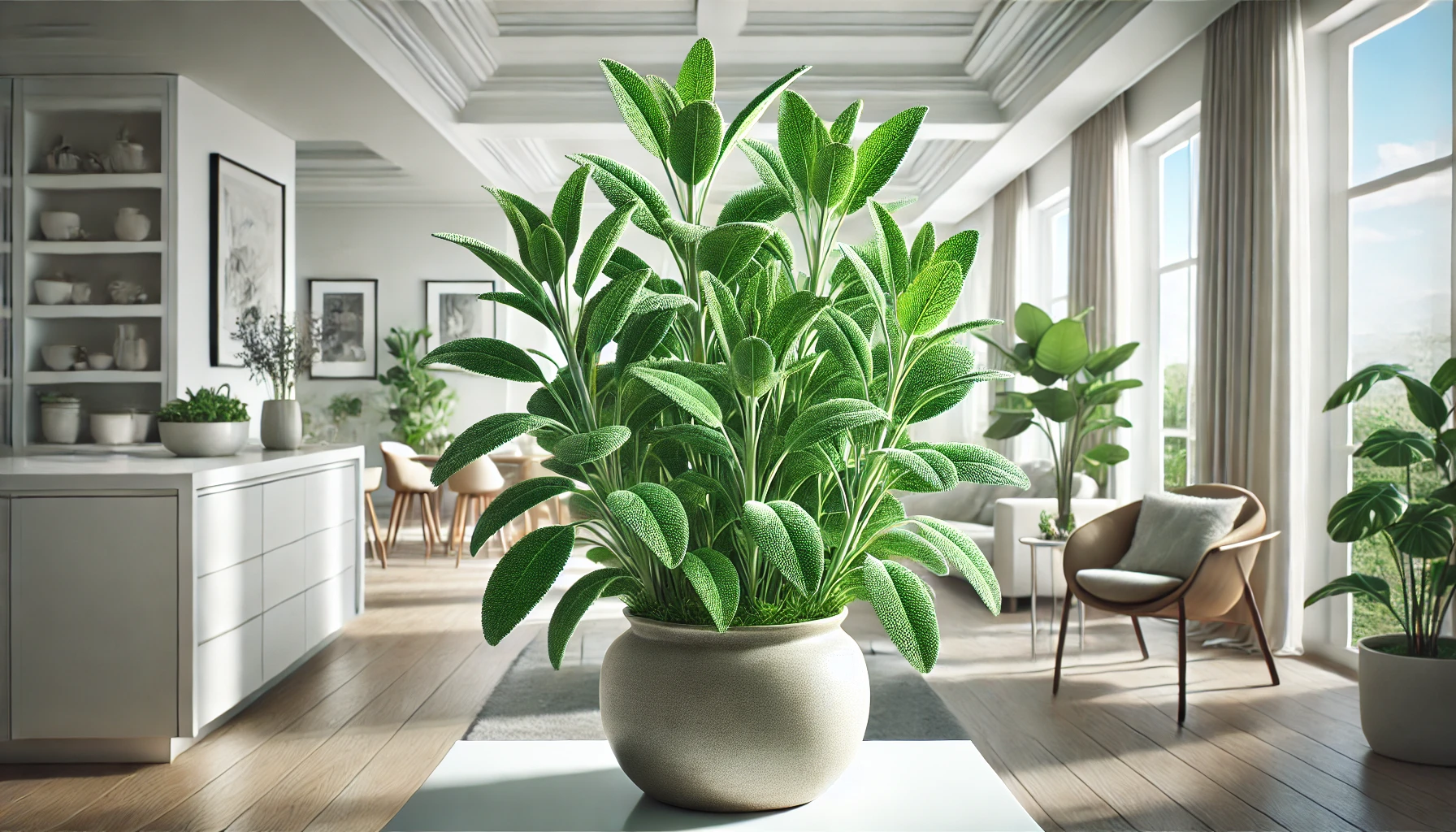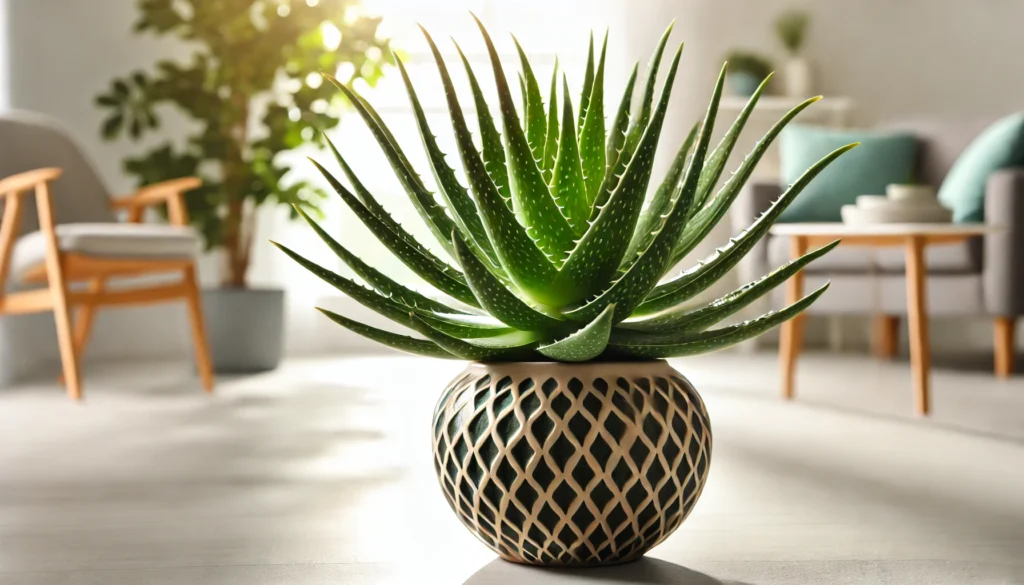
Sage, formally known as Salvia officinalis, is a well-loved herb renowned for its aromatic leaves and medicinal properties. This perennial plant can grow up to 2-3 feet tall and spread about 2 feet wide, making it a versatile addition to gardens and indoor spaces alike.
History and Ideal Growing Conditions
Sage has a rich history dating back to ancient civilizations. The Greeks and Romans held it in high regard for its healing properties, and it was often used in religious rituals. In medieval Europe, it was believed to promote longevity and was a staple in monastic gardens. Native to the Mediterranean region, Sage thrives in sunny, warm climates with well-draining soil. It is ideally grown in USDA hardiness zones 5-9 and prefers a pH level between 6.0 and 7.0. Sage is drought-tolerant once established and can withstand a variety of soil conditions, making it a resilient and versatile plant.
Information About Toxicity and Pets
Sage is generally safe for pets in small amounts. However, consuming large quantities can cause mild digestive upset. Symptoms in pets may include vomiting and diarrhea. While it is not highly toxic, it’s best to monitor pets and discourage them from eating large amounts of the plant to ensure their safety.
Best Practices for Caring for Sage
Caring for Sage is relatively straightforward, making it an excellent choice for both novice and experienced gardeners. With proper care, Sage can thrive and provide a continuous supply of flavorful leaves.
Watering and Humidity
Sage prefers to be kept on the dry side. Water the plant thoroughly when the top inch of soil feels dry, allowing excess water to drain away to prevent root rot. Sage is drought-tolerant and does not require high humidity, making it suitable for various indoor and outdoor environments.
Soil, Light, and Temperature
Sage thrives in well-draining, sandy or loamy soil. It grows best in full sun, requiring at least 6-8 hours of sunlight per day. Sage prefers temperatures between 60°F and 70°F but can tolerate a wide range of temperatures once established. Sage should be protected from severe frost and harsh winter conditions.
Common Problems and Remedies
While Sage is generally a hardy plant, it can encounter some common issues. Overwatering and poor drainage can lead to root rot. Ensure the soil is well-draining and adjust your watering schedule if you notice yellowing leaves. Sage can also be affected by pests such as aphids, spider mites, and whiteflies. Regularly inspect your plant and use insecticidal soap or neem oil to treat infestations.
Powdery mildew is another common problem for Sage. It appears as white, powdery spots on the leaves and stems. To prevent this, ensure good air circulation around the plant and avoid overhead watering. If mildew appears, treat it with a fungicide and remove affected leaves.
Propagation and Benefits
Sage is easy to propagate through cuttings, division, or seeds. To propagate by cuttings, take a 4-6 inch cutting from a healthy plant, remove the lower leaves, and place it in water or moist soil until roots develop. For division, dig up an established Sage plant, separate the roots into smaller sections, and replant them.
Sage is not only a culinary delight but also offers several health benefits. It contains antioxidants and has anti-inflammatory properties, making it a valuable addition to your diet. Sage is also known to attract beneficial insects to your garden, such as bees and butterflies, which can help with pollination.
Final Thoughts
Sage is a delightful and hardy herb that brings both flavor and utility to any garden or indoor space. Its aromatic leaves and easy-care nature make it a favorite among gardeners. With the right care, your Sage plant can thrive, providing you with a bountiful supply of fresh leaves for culinary and medicinal uses. Whether you’re a seasoned gardener or just starting out, adding Sage to your collection is a decision you won’t regret.



